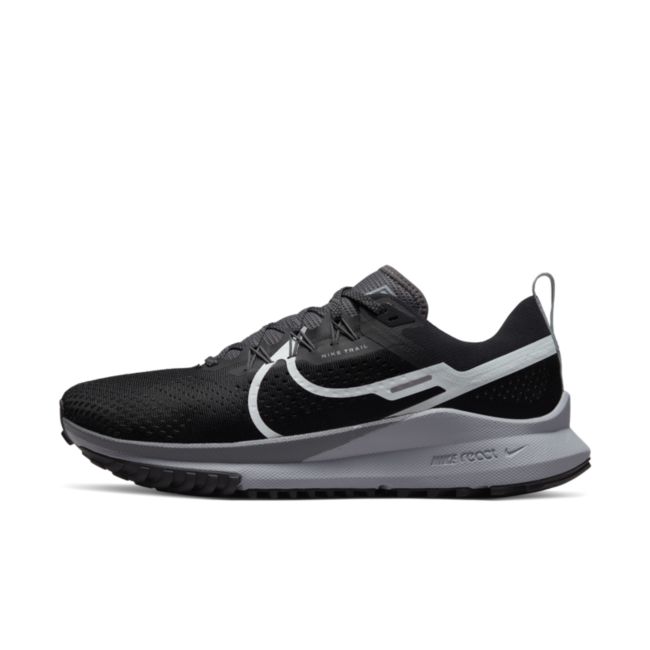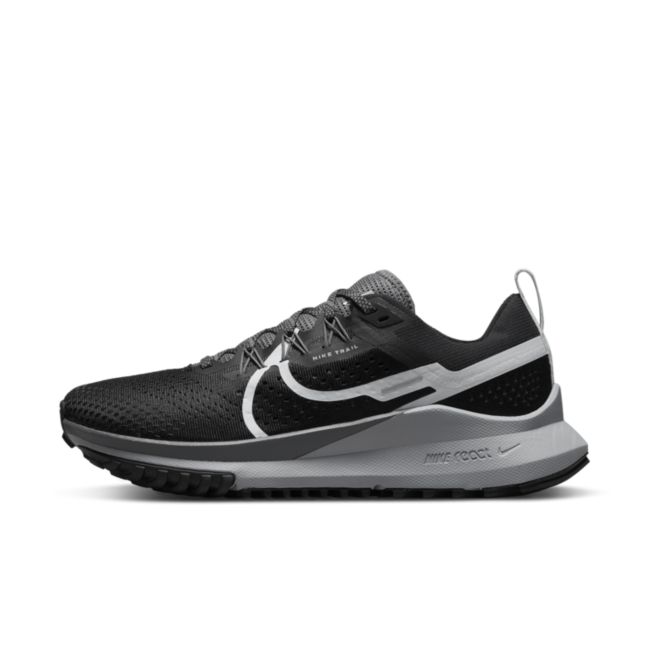Nike React shoes
129 articles
- Nike
- React Pegasus Trail 4 "Black & Dark Grey"
- Men / Running & Trail / Shoes
- Nike
- React Pegasus Trail 4 GORE-TEX "Black & Reflect Silver"
- Women / Running & Trail / Shoes
- Nike
- React Metcon "Black Gum"
- Men / Training / Shoes

- Nike
- React Pegasus Trail 4 "Black & Dark Grey"
- Women / Running & Trail / Shoes
- Nike
- React Pegasus Trail 4 GORE-TEX "Black & Reflect Silver"
- Men / Running & Trail / Shoes
- Nike
- React Rejuven8 x A'ja Wilson "Desert Sand"
- Women & Men / Sportstyle / Shoes
- Nike
- ReactX Rejuven8 "Glacier Blue"
- Men & Women / Sportstyle / Shoes
- Nike
- ReactX Rejuven8 "Glacier Blue"
- Kids / Shoes
- Nike
- ReactX Rejuven8 "Green Strike & Fir"
- Kids / Shoes
- Nike
- ReactX Rejuven8 "Light Armory Blue"
- Women / Sportstyle / Shoes
- Nike
- ReactX Rejuven8 "Sail"
- Women / Sportstyle / Shoes
- Nike
- React Rejuven8 "Stadium Green"
- Women & Men / Sportstyle / Shoes
- Nike
- React Rejuven8 "Medium Olive"
- Women & Men / Sportstyle / Shoes
- Nike
- ReactX Rejuven8 "Pink Spell & Bordeaux"
- Women / Sportstyle / Shoes
- Nike
- React Rejuven8 "Rose Gold"
- Women & Men / Sportstyle / Shoes
- Nike
- ReactX Rejuven8 "Light Armory Blue & Sanded Purple"
- Women / Sportstyle / Shoes
- Nike
- ReactX Rejuven8 "Mint Foam & Cannon"
- Women / Sportstyle / Shoes
- Nike
- React Rejuven8 "Sail"
- Women & Men / Sportstyle / Shoes
- Nike
- React Rejuven8 "Pure Platinum"
- Women & Men / Sportstyle / Shoes
- Nike
- ReactX Rejuven8 Slide "Triple Black"
- Women / Sportstyle / Shoes
- Nike
- ReactX Rejuven8 "Marrakesh & Campfire Orange"
- Men / Sportstyle / Shoes
- Nike
- React Rejuven8 "Hyper Royal"
- Women & Men / Sportstyle / Shoes
- Nike
- ReactX Rejuven8 "Wolf Grey"
- Men / Sportstyle / Shoes
- Nike
- SB React Leo Premium "Dark Beetroot"
- Men & Women / Skateboarding / Shoes
- Nike
- SB React Leo Premium "White & Midnight Navy"
- Men & Women / Skateboarding / Shoes
- Nike
- SB React Leo "University Gold"
- Women & Men / Skateboarding / Shoes
- Nike
- SB React Leo "Navy & Black"
- Men & Women / Skateboarding / Shoes
- Nike
- SB React Leo "Thunder Blue"
- Men & Women / Skateboarding / Shoes
- Nike
- SB React Leo "Vintage Green & Black"
- Men & Women / Skateboarding / Shoes
- Nike
- SB React Leo "Malachite & Black"
- Men & Women / Skateboarding / Shoes
- Nike
- SB React Leo "Dark Russet"
- Men & Women / Skateboarding / Shoes
- Nike
- SB React Leo "Light Chocolate"
- Men & Women / Skateboarding / Shoes
- Nike
- SB React Leo "Cacao Wow"
- Men & Women / Skateboarding / Shoes
- Nike
- SB React Leo "White & Black"
- Men & Women / Skateboarding / Shoes
- Nike
- SB React Leo "Phantom & Summit White"
- Men & Women / Skateboarding & Football / Shoes
- Nike
- SB React Leo "Black & Electro Orange"
- Men & Women / Skateboarding / Shoes
- Nike
- SB React Leo "Black & White"
- Men & Women / Skateboarding / Shoes
- Nike
- Air Force 1 Mid React "Ghost Green"
- Men / Sportstyle / Shoes
- Nike
- React Pegasus Trail 4 GORE-TEX "Purple Smoke & Enamel Green"
- Women / Running & Trail / Shoes
- Nike
- Air Max 270 React "Fossil & Hyper Blue"
- Women / Sportstyle / Shoes
- Nike
- Air Max 270 React "Barely Rose"
- Women / Sportstyle / Shoes
- Nike
- Air Max 270 React "Crimson Tint"
- Women / Sportstyle / Shoes
- Nike
- Air Max 270 React ENG x Travis Scott "Cactus Trails"
- Men / Sportstyle / Shoes
- Nike
- Air Max 270 React "White & Black"
- Women / Sportstyle / Shoes
- Nike
- Air Max 270 React SE "Oracle Aqua & Ghost Green"
- Men / Sportstyle / Shoes
- Nike
- Air Max 270 React "Black & Oil Grey"
- Men / Sportstyle / Shoes
- Nike
- Air Max 270 React "Vast Grey & Electric Green"
- Men / Sportstyle / Shoes
- Nike
- Air Max 270 React "Punk Rock"
- Men / Sportstyle / Shoes